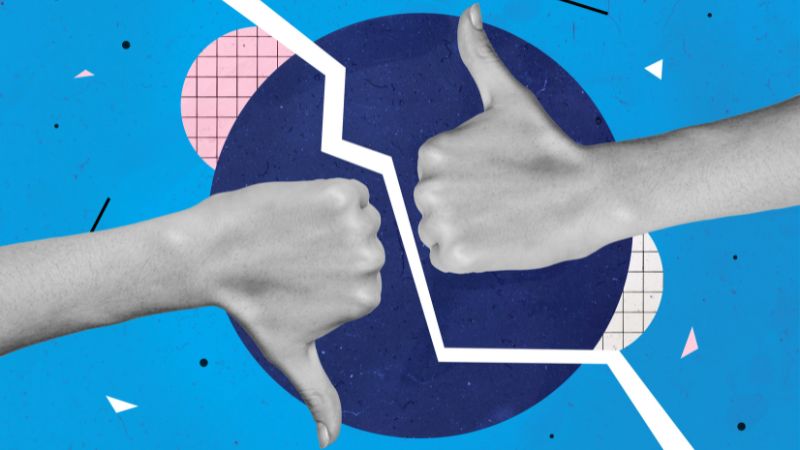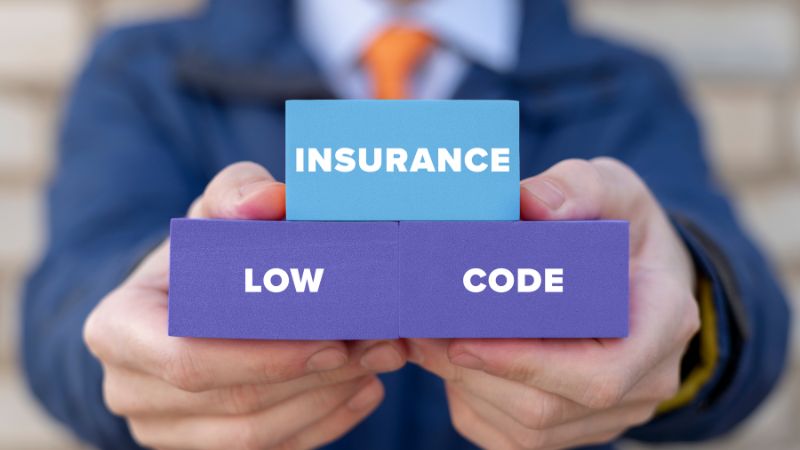Standardization is a process that facilitates and improves many areas of our lives. How much more convenient it is to have one (instead of several different) charger with a micro-USB port that we can use to charge the phone, wireless headphones or an e-book reader. On a daily basis, we do not pay attention to how valuable it is to have such amenities until they become an irreplaceable rescue in the least expected situation.
Standardization does not come out of nowhere, it takes effort. Someone has to develop what a standard should look like, then create it, promote it and convince other market users that it is worth applying. In addition, there’s the subsequent maintenance. There will be little benefit from a standard that nobody uses. It will not be the standard then.
Standardization in IT
In the IT industry, standardization also plays an important role. Standard protocols or data models make the integration of IT systems – which are nowadays a necessity for the efficient functioning of business processes – less time-consuming, and therefore cheaper activity.
The time- and money-consuming integration of IT systems results, among other things, from the need to map the data model, business processes and dictionaries from one organization to another. This task is often difficult due to the lack of documentation, or it being outdated or incomprehensible. This makes it very time-consuming to analyse what the various parameters of a given interface mean and how they relate to the data model used by another organization.
Many industries and organizations recognized the benefits of standardizing the data model within their processes some time ago. One example is the American ACORD (Association for Cooperative Operations Research and Development, www.acord.org). This organization maintains the data model for the insurance market and related financial industries. ACORD enables fast, accurate data exchange, building efficient processes through the development of electronic standards and tools. It is estimated that the insurance industry has saved about $ 1 billion so far by using the ACORD model.
Standardization in Insurance
How can the Polish insurance industry benefit from standardization? In addition to the aforementioned financial savings, we also see time savings for IT teams. Insurance companies will be able to use a documented project ready for implementation, in line with the best market practices. In addition, the entire ecosystem of the insurance market will operate in a uniform, standardized way, which will translate into product availability for the end customer, data security, and the ergonomics of the policy purchase process.
Standardization also has its opponents. They argue that the company’s own data model and interfaces can provide a competitive advantage. However, the dominant belief is that the standard is a technical facilitation, something that makes the integration between IT systems – so common in today’s business – happen faster and at a lower cost. This, we can invest the saved money in real innovations that will make us a leader in our field. It is worth adding that a mature standard can become a product itself. A product that gathers a specific group of users, with a plan for constant development and adaptation to market needs.
VSoft and its business partners see the enormous benefits of implementing a standard data model and API in the insurance industry and have already started working on it. We encourage all interested entities to join this initiative and build a standard for data exchange between IT systems for the Polish insurance market.



